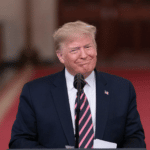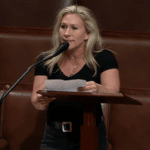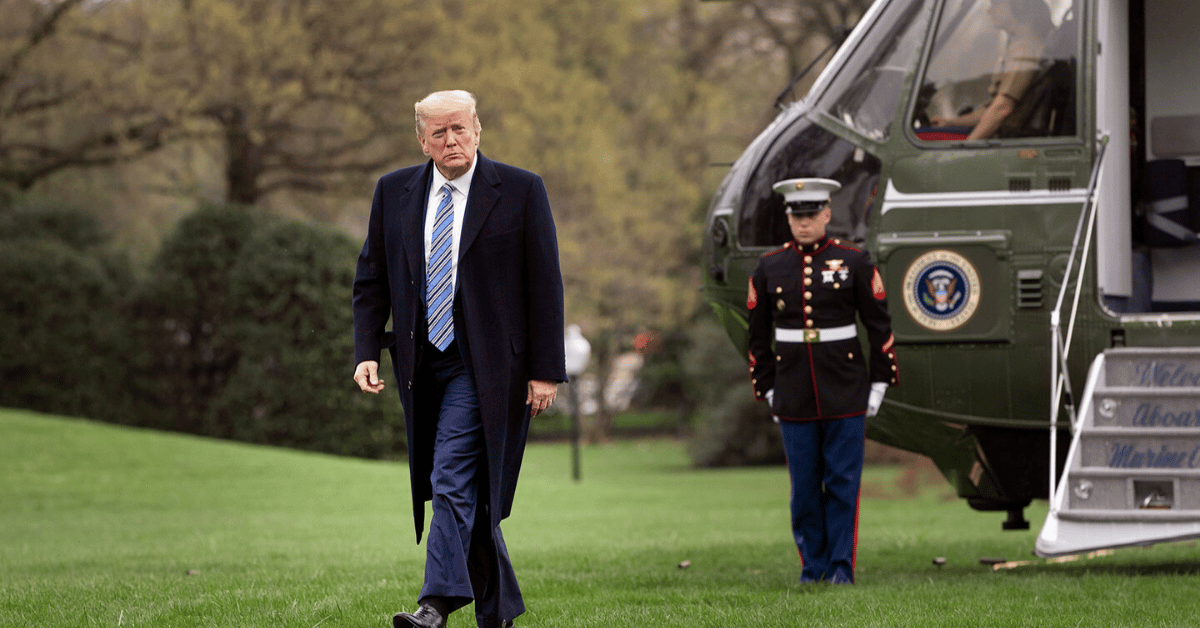
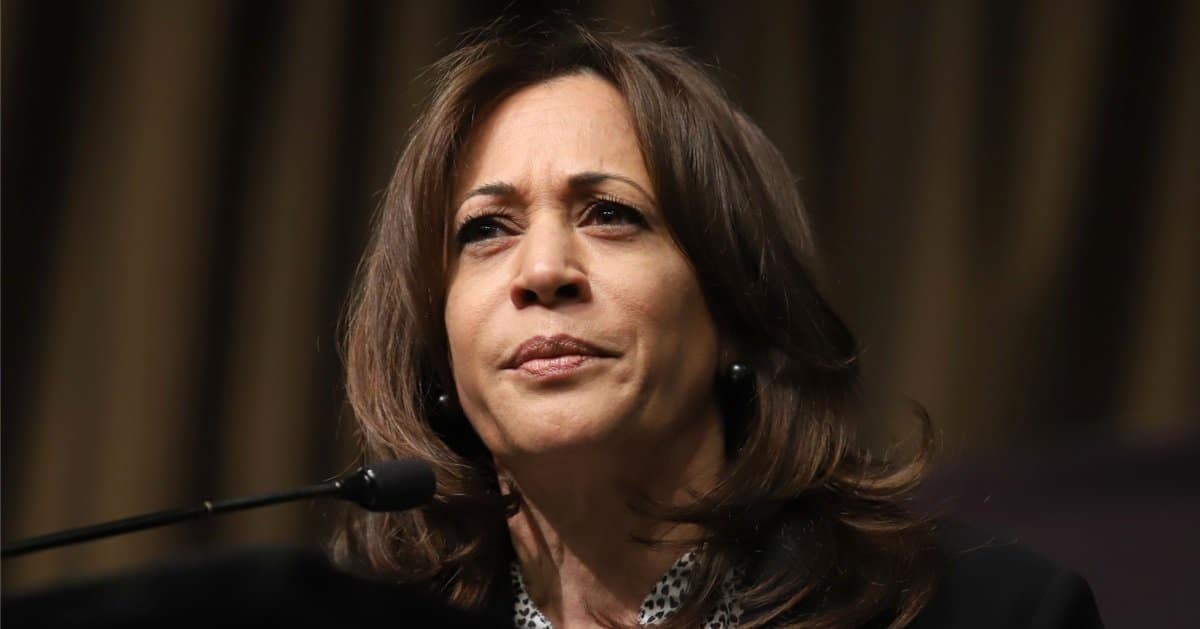
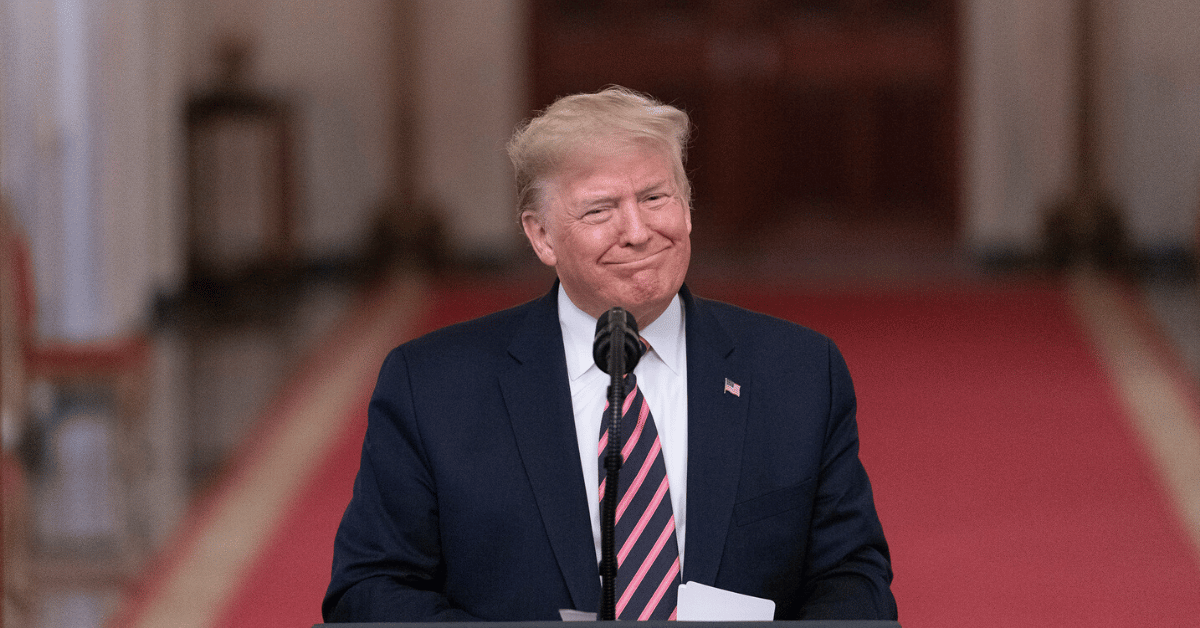
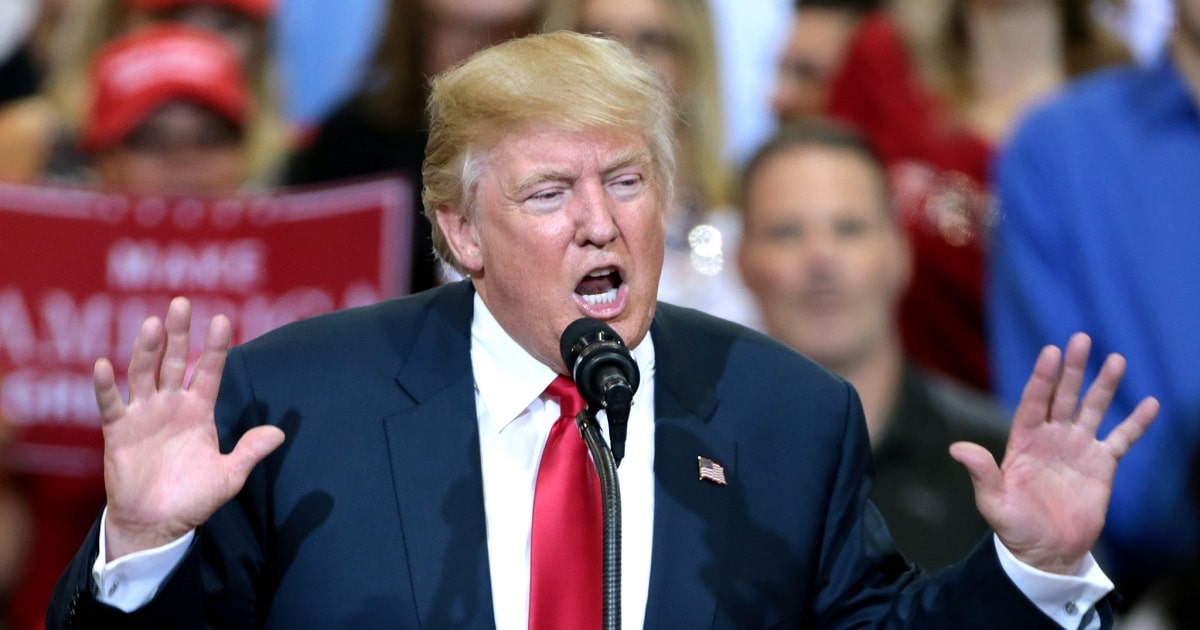

Imagine a royal banner, a symbol of honor, being quietly stripped from the hallowed halls of Windsor Castle—a stark reminder that even princes aren't above accountability.
Prince Andrew, once a prominent figure in the British monarchy, has faced a stunning fall from grace as his crest and banner were removed from Windsor Castle after he relinquished his titles and honors earlier this month amid persistent controversy, Fox News reported.
This saga began heating up again with the release of excerpts from Virginia Giuffre’s posthumous memoir, where she claimed she was trafficked by Jeffrey Epstein and forced into encounters with Andrew at the age of 17—allegations he has consistently denied.
On October 17, Andrew issued a statement acknowledging that the ongoing accusations were a distraction to the royal family’s work, prompting discussions with King Charles and other family members.
In that statement, he declared his decision to step back from public life—a choice made five years prior—and took the drastic step of giving up his titles and honors with the King’s agreement.
Shortly after, Buckingham Palace confirmed to Fox News Digital that Andrew’s flag, bearing his coat of arms, was indeed taken down from Windsor Castle, a move that has royal experts buzzing with commentary.
Helena Chard, a British royals expert, didn’t mince words about the severity of this action, stating, “Andrew's further shame and humiliation … Another nail in the coffin.”
Chard’s take suggests the royal family is deliberately severing ties with Andrew to safeguard the monarchy’s reputation, a pragmatic if cold-hearted move in the face of public scrutiny. One can’t help but wonder if this “no-nonsense policy” is less about morality and more about optics in a world obsessed with progressive posturing.
Equally striking is the historical weight of such a removal, as Hilary Fordwich, another royal expert, noted, “Removal is really exceptionally rare action and absolutely ghastly for him.”
Fordwich emphasized that stripping a banner is a gesture typically reserved for grave offenses like high treason or rebellion against the Crown, underscoring just how unprecedented this is in modern royal history.
This isn’t just a symbolic slap on the wrist; it’s a public declaration that even royal blood doesn’t exempt one from consequences when the institution’s image is at stake. In an era where every misstep is amplified by social media, the monarchy seems to be playing defense against a culture quick to cancel.
For Andrew, the personal toll must sting deeply, especially given the location—St. George’s Chapel at Windsor Castle, a place of solace near where his late mother, Queen Elizabeth II, rests.
The removal of his banner from such a sacred space isn’t just a professional demotion; it’s a profound personal rejection, cutting ties to a legacy he once embodied.
While some might argue this is a necessary step to maintain the monarchy’s integrity, others could see it as a harsh overreach, punishing a man who, guilty or not, has already stepped away from the spotlight. It’s a classic case of tradition clashing with modern sensibilities—do we preserve history, or bow to the court of public opinion?
As the royal family distances itself further from Andrew, driven reportedly by figures like Prince William, one thing is clear: the monarchy is prioritizing its survival over familial loyalty, a move that’s as calculated as it is chilling.

